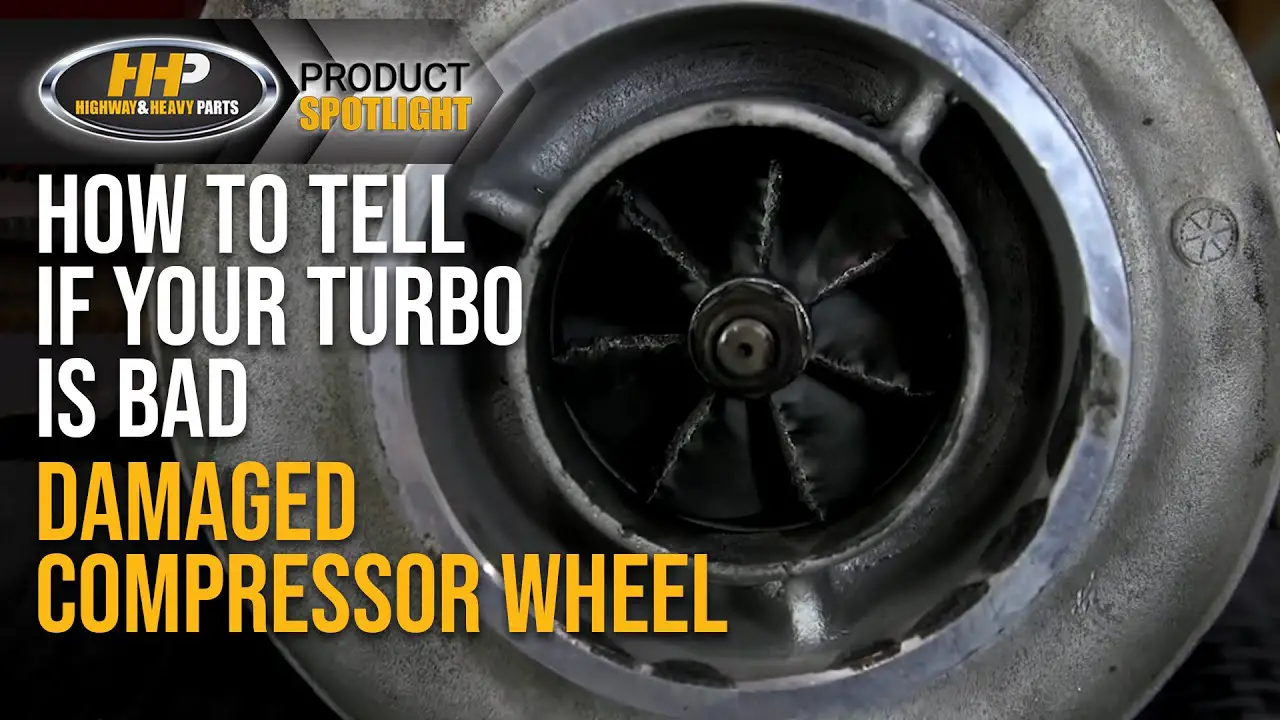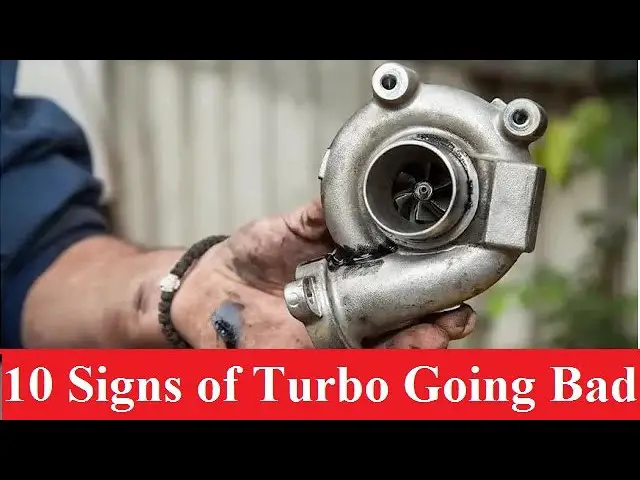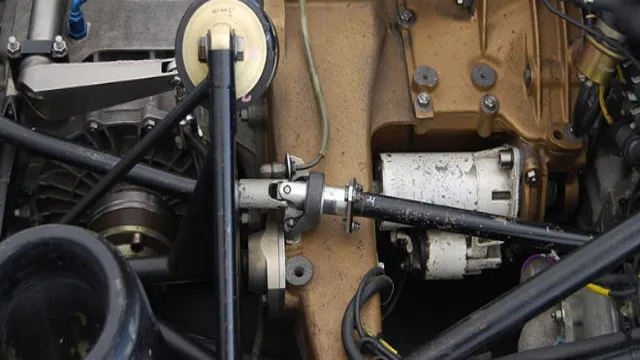How to Tell If a Turbo is Bad: 5 Warning Signs to Watch
Are you concerned that your turbo might be failing? A damaged turbo can lead to poor engine performance and costly repairs if not addressed promptly. In this article, we will explore the common signs and symptoms of a bad turbo, as well as how to diagnose and prevent turbocharger issues. Let’s dive in and learn how to identify if your turbo is bad.

Credit: blog.1aauto.com
Common Symptoms of a Bad Turbo
It’s important to be aware of the warning signs that could indicate a failing turbocharger. Here are some common symptoms to watch out for:
- Reduced engine performance and lower boost levels
- Unusual noises such as whining, grinding, or siren-like sounds
- Presence of blue or grey smoke from the exhaust
- Check engine light illuminated on the dashboard
- Excessive oil consumption or leaks

Credit: whatsupwoodbridge.com
Diagnosing a Bad Turbo
If you suspect that your turbocharger is experiencing issues, there are several diagnostic steps you can take to confirm the problem:
- Inspect the compressor wheel for damage or excessive wear
- Check for oil leaks around the turbocharger housing
- Test the wastegate’s operation to ensure proper functionality
- Examine the diverter valve for any signs of malfunction
- Inspect the turbine and ensure it spins freely without any resistance
What to Do If Your Turbo is Bad
If you have confirmed that your turbocharger is indeed failing, it’s crucial to take immediate action to prevent further damage to your engine and turbo system. Here are the steps you should take:
- Address the issue promptly by seeking professional assistance from a certified mechanic
- Consider replacing the turbocharger with a high-quality, reliable unit to ensure long-term performance
- Inspect related components such as intercoolers, hoses, and oil lines for any damage or wear
- Follow proper installation and maintenance procedures to prevent future turbocharger issues
Preventing Turbocharger Issues
Regular maintenance and care are essential for preventing turbocharger problems. Here are some tips to keep your turbo in good condition:
- Follow the manufacturer’s recommended service intervals for oil changes and filter replacements
- Use high-quality synthetic oil to ensure proper lubrication and cooling of the turbo
- Allow the engine to warm up and cool down properly to prevent oil coking and turbo wear
- Avoid aggressive driving and excessive engine loads to reduce stress on the turbocharger
Frequently Asked Questions
What Are The Symptoms Of A Bad Turbo?
Symptoms of a bad turbo include: poor performance with lower boost, unusual engine noises, and check engine light activation.
How Do You Test For A Bad Turbo?
To test for a bad turbo, check for blue/grey exhaust smoke, loss of power, unusual noises, and slow acceleration. Inspect the compressor wheel, blades for oil, wastegate, diverter valve, and hoses for any issues. Also, listen for a loud whining noise and look out for reduced fuel economy and check engine light.
What Does A Faulty Turbo Sound Like?
A faulty turbo may sound like a loud, whining noise resembling a dentist’s drill or police siren.
What Does A Turbo Do When It Goes Bad?
A bad turbo causes power loss, slow acceleration, high-speed failure, and emits whining noises or blue/grey smoke.
Conclusion
Recognizing the signs of a failing turbocharger and taking proactive steps to diagnose and address the issue is crucial for maintaining the performance and longevity of your vehicle. By staying vigilant and following proper maintenance practices, you can minimize the risk of turbocharger problems and enjoy a reliable driving experience.







